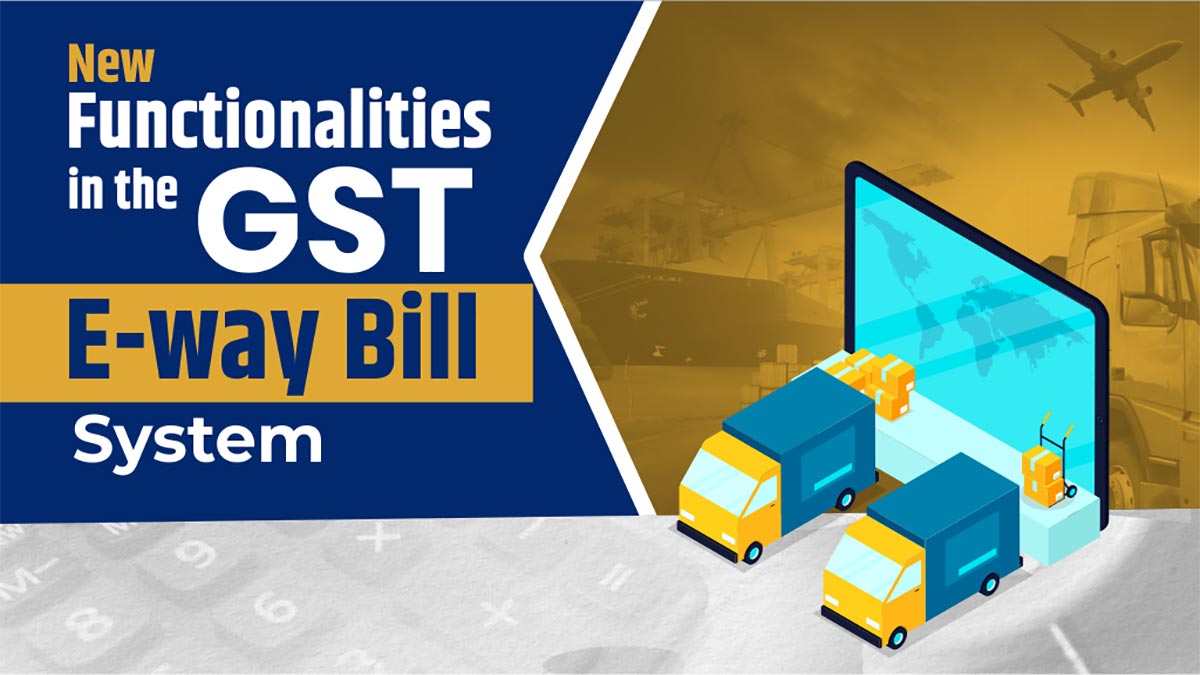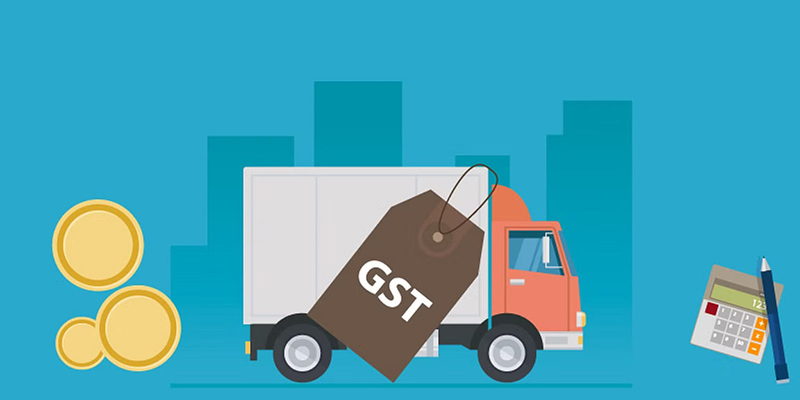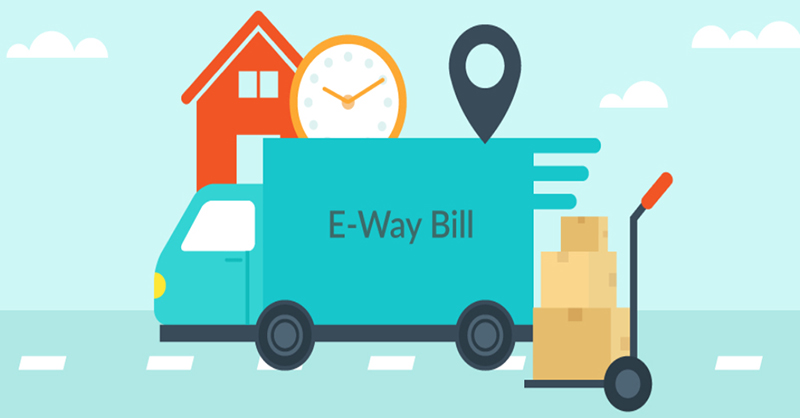
Since its inception, the GST E-Way Bill system has been instrumental in streamlining goods movement. Recently, the system introduced new functionalities that aim to enhance user control, improve functionality, and bolster the security of the electronic bill generation process. These additions provide businesses and transporters greater flexibility and ease of compliance, ensuring smoother operations within the GST framework. In this article, we will look at the significance of the GST E-way bill system and the new functionalities added.
What is the GST E-way Bill System?
The GST E-way bill system is an electronic mechanism introduced under India’s Goods and Services Tax (GST) regime. It is a document required to move goods worth over a certain threshold value from one place to another. The e-way bill is generated electronically through the GST Common Portal, and it contains details such as the consignor, consignee, the goods being transported, their value, and the mode of transportation.
The e-way bill serves as evidence of compliance with the GST law and helps track the movement of goods to ensure proper taxation. It is mandatory to move goods within a state (intra-state) and inter-state transactions. The e-way bill system aims to streamline the process of goods transportation, reduce tax evasion, and enable seamless monitoring and verification of the movement of goods by tax authorities.
The e-way bill is generated by the registered supplier or the recipient of the goods, depending on the circumstances. It contains a unique e-way bill number (EBN) linked to the corresponding GST invoice or document. The transporter responsible for the movement of goods must carry a copy of the e-way bill, either in physical or electronic form, throughout the transportation until the delivery of goods at the destination.
The e-way bill system helps ensure transparency, efficiency, and accountability in the movement of goods under the GST framework, making it easier for businesses to comply with tax regulations and facilitating smoother logistics operations.

What are the new functionalities in the GST E-way bill system?
The e-way bill system under Goods and Services Tax (GST) has introduced new features for enrolled transporters and taxpayers. These additions aim to enhance functionality and user control. Here are the key points:
Transporter Deregistration:
Transporters who had previously registered on the E-Way Bill Portal using Enrolment (based on PAN) and no longer wish to continue in the system can now de-enroll themselves. This process revokes their access to the E-Way Bill portal. It provides a simple way for enrolled transporters to unregister from the E-Way Bill system. After de-registration, the associated Transporter ID cannot be used, and Part-B details cannot be updated.
Two-Factor Authentication (2FA):
To enhance the security of E-Way Bill login access, the system has enabled optional 2-Factor Authentication. However, it will eventually become mandatory after a certain period. Therefore, users who operate the E-Way Bill system from multiple locations using a single credential are advised to create sub-users promptly.

Cancellation of Common Enrollment:
Some taxpayers who have completed common enrollment may wish to cancel their common enrollment ID for various reasons. To address this, a cancellation facility has been introduced. Taxpayers can utilize this feature to de-register from common enrollment. After cancellation, the common enrollment ID cannot be used to update transporter details. However, Part-B details can still be updated for E-Way Bills assigned with the common enrollment ID before cancellation. After canceling common enrollment, a one-month time limit will be provided, and further login activity using that ID will be blocked. Users can log in again using their GSTIN credentials and generate new E-Way Bills.
The recent advancements in the GST E-Way Bill system signify a step forward in streamlining the movement of goods and ensuring transparency within the GST framework. With functionalities like transporter deregistration, two-factor authentication, and cancellation of common enrollment, businesses can manage their E-Way Bill operations more efficiently. These enhancements improve functionality and strengthen the system’s security, promoting compliance and facilitating smoother logistics operations. By staying abreast of these new functionalities, businesses can maximize the benefits of the GST E-Way Bill system and maintain seamless operations in the ever-evolving tax landscape.
